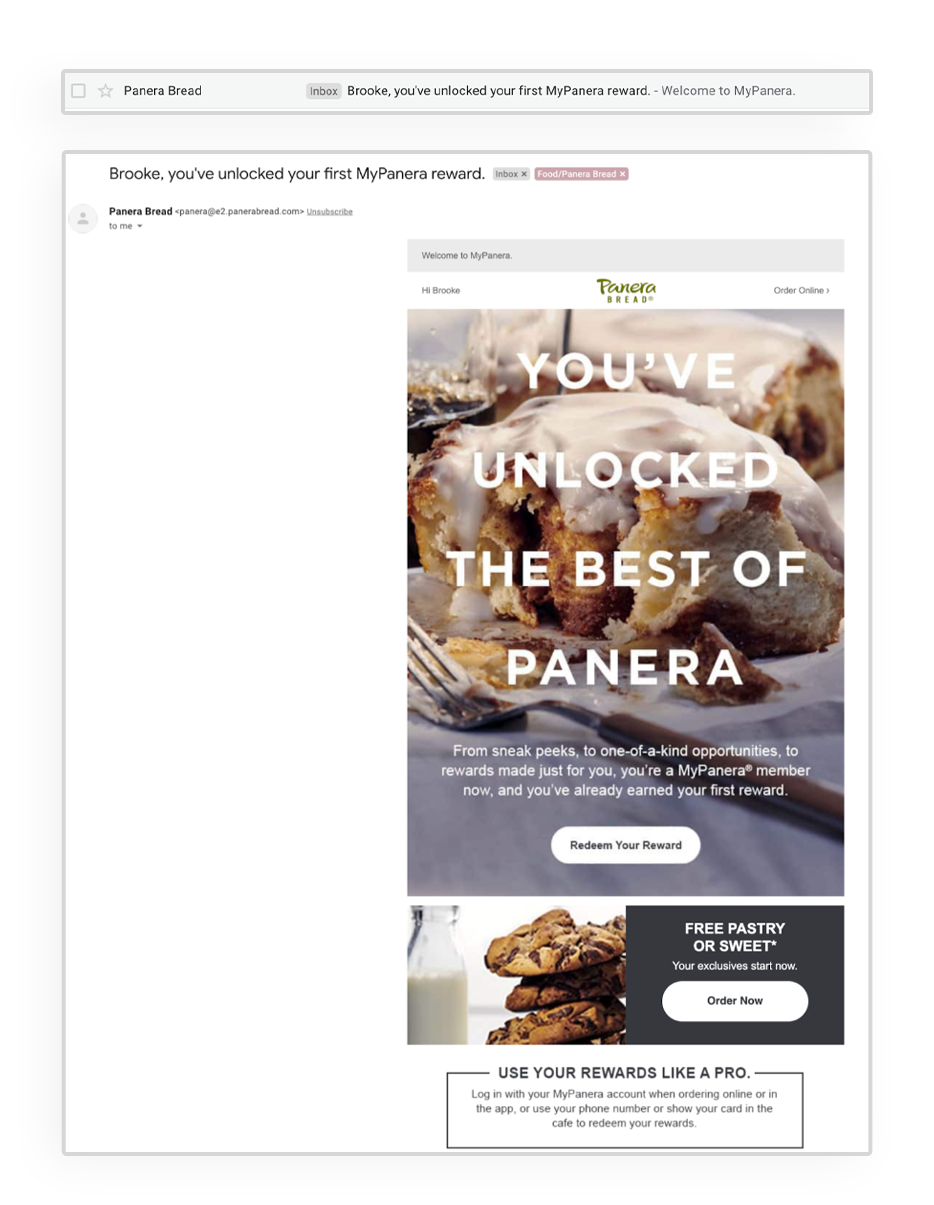Dynamism. It sounds exciting, strong, powerful. In fact, dynamism is defined as “the quality of being characterized by vigorous activity and progress.” Breaking down the word further, “dyn,” by itself, means power. In a marketing context, we achieve progress and power through dynamic content personalization.
Dynamic content personalization moves the needle. It progresses your marketing efforts and makes your marketing messaging more powerful because it introduces a new layer of individualization. In the past, marketing messages were often a swath of sameness. Every person received the same message, regardless of their interests, needs, or wants. Today, marketing has evolved. Dynamic content personalization gives marketers the ability to change their messaging for each individual user. Let’s get into how.
Dynamic Imagery
Imagery is a common way for marketers to incorporate dynamic content personalization into their marketing messages. With the right marketing platform, you should be able to pull specific imagery, based on customer behavior, into your marketing messaging.
Say, for example, a customer had abandoned an item in their online shopping cart and you want to follow up with an abandoned cart email. As mentioned in our latest ebook, “How to Orchestrate Your Cross-Channel Campaigns for Peak Harmonization,” one of the keys to creating a successful abandonment campaign is the imagery. To get the highest chance of engagement and, ultimately, conversion, you include an image of the item they abandoned in the email.


The North Face sends their customers abandoned cart emails featuring an image of the abandoned item and a CTA to “Head Back to Cart.” Source: Mailcharts.
What’s going to garner more customer engagement: a plain text email, or one that features an image of the exact product the customer just abandoned? Ding ding ding! We have a winner. It’s the email with the image. In fact, according to GetResponse, emails with images have both a higher open rate (24.3% vs. 15.6%) and click-through rate (3.3% vs. 1.3%) than emails without images. But, imagery is only one part of dynamic content personalization.
Dynamic Text
Dynamic content personalization can also be developed through text. By using text fields that automatically pull in data like product names, customer names, previous orders, etc, your marketing team can create highly individualized marketing messages without a heavy manual lift.
In the previous example from The North Face, for instance, the image is pulled in but the product name is also featured right below the image. It’s important to provide the product information so the customer can easily find or search for what they need. Welcome campaigns are also a great place to incorporate dynamic text.


Not only did Panera include the customer’s name in the body copy, but they included their name in the subject line as well.
A simple addition to any welcome email is the customer’s name. Emails that include the customer’s name in the subject line alone are 26% more likely to be opened than emails without this feature. It’s such a small, simple addition, but this dynamic content personalization can have a huge impact on engagement. To go a step further, pulling in additional customer data can elevate your dynamic content personalization.
Dynamic User Data
Using a customer’s name in personalized marketing messaging should be considered table stakes. Customers have come to expect this level of personalization at the bare minimum and, because it’s such a small yet impactful addition, there really shouldn’t be any reason why brands aren’t doing this.
Adding other customer data, however, is how you level-up your dynamic content personalization. Think about all of the customer data you have access to in your customer activation platform. You have their birthdays, zip codes, phone numbers, emails, previous orders, returns, etc. Getting creative with dynamic content personalization can separate your brand from competitors.


We’ve used this Spotify example before because it’s that dang good. This email showcases concerts by the customer’s favorite artists in their zip code. Source: ReallyGoodEmails.
By cross-referencing customer data, like Spotify did in the example above, you can end up with an incredibly individualized email based entirely on dynamic content personalization. To create this email, Spotify used customer listening data and combined it with location data, automatically creating a list of concerts they might like in their area. Genius.
Work Smarter, Not Harder
Back in the day, this level of marketing individualization may have seemed impossible, but not anymore. By minimizing manual effort and automating the processes, creating customized content has never been easier.
Dynamic content personalization is all about making your marketing team’s lives easier while also seeing increased engagement and conversions. You already collect customer data, so why not use it in a way that’s not only beneficial to your brand, but beneficial to the customer as well. From small changes, like adding the customer’s name to your messages, to more creative applications, like sending a customized list of concerts in the area, dynamic content personalization can increase brand trust and build a stronger customer relationship.
Everyone wants to feel like they’re the only one in the room and, with dynamic content personalization, you’ll make your customer feel like you’re talking directly to them, providing the most relevant information when they need it most.
To learn more about how your brand can easily implement dynamic content personalization, schedule an Iterable demo today.

































